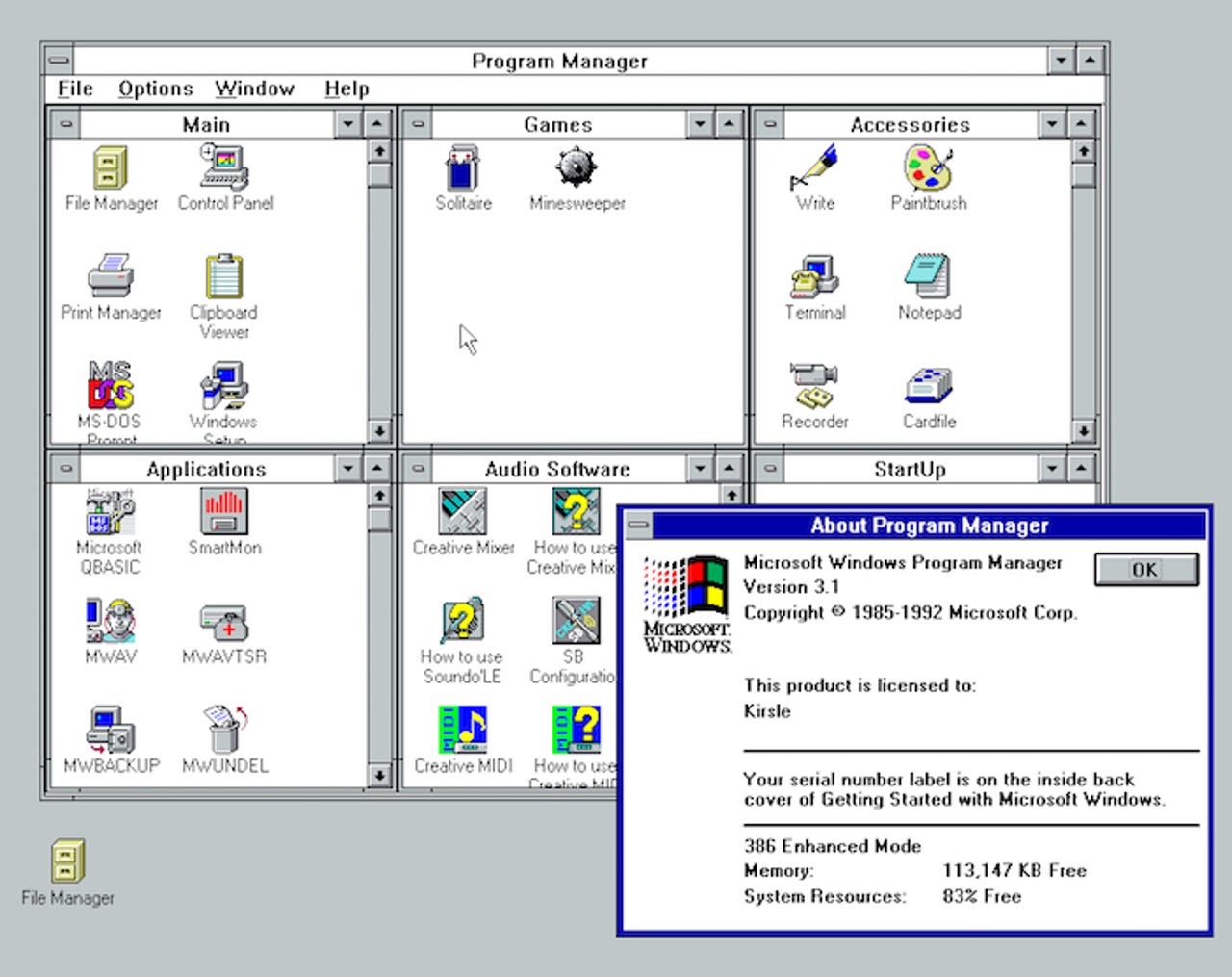A 23-year-old Windows 3.1 system failure crashed Paris airport


A Paris airport was forced to shut down earlier this month after a computer running Windows 3.1, a prehistoric operating system from 23 years ago, crashed in bad weather.
Planes were grounded on November 7 for several hours at Paris' Orly airport, one of the busiest in the region, after un ancien ordinateur known as DECOR, which links air traffic control systems with France's main weather bureau, stopped working.
Put it this way: there are kids in college today who are younger than this system.
Yet, it's not uncommon for some systems that are critical national infrastructure to be years or even decades old. Any critical infrastructure system has to maintain a near-perfect uptime by suffering very few failures.
Some of the most important networks and systems today are woefully outdated. And that isn't always a bad thing.
Alexandre Fiacre, an executive at one of France's air traffic controller unions, told Vice that the system is made up of various machines running four different operating systems, including a mixture of Windows XP and Unix, and that are "all 10 and 20 years old."
According to an article in Le Canard Enchaîné, the French transport minister promised that the airport's equipment "will be upgraded by 2017." Fiacre disagrees, saying it could take two to four years after that "at the earliest."
The bigger problem may not be the old software, but exactly who will keep the system ticking until the software is finally deprecated. One of the system's key maintenance workers is set to retire next year, said Fiacre.
It's not the only air-traffic control system that's old and outdated. A number of systems, in Europe at very least, have been accused of being decrepit and "not fit for purpose."
Last year, flights over the UK ground to a halt after the air traffic system collapsed as a result of a software bug. The flawed code was linked to one of the many dozens of connected systems at its main operations center in the south of England.
At the time, the chief executive of NATS -- the aerospace firm that operates the UK's air traffic -- said the company will move to modern internet-based systems over the next five years.
Last year, sister-site CBS News reported that some of the US military facilities storing the country's nuclear missiles are run on decades-old floppy disks, and aren't connected to the internet to prevent cyberattacks.
"A few years ago we did a complete analysis of our entire network. Cyber engineers found out that the system is extremely safe and extremely secure on the way it's developed," Maj. General Jack Weinstein told CBS News, adding that the system will as a result stay the way it is for the foreseeable future.
"Those older systems provide us some, I will say, huge safety, when it comes to some cyber issues that we currently have in the world," he added.
Indeed, there is a point that it takes a human operator to physically insert a disk that could otherwise theoretically be a touch of a button. A level of complication mitigates potential mistakes -- and disaster. And even if the silos were hooked up to the internet, having the nuclear launch program on a physical medium makes it impossible to hack even if the network was breached.
There can be an advantage in having systems that old -- almost everybody has forgotten about them, making them less likely to be attacked. It's the "if it ain't broke, don't fix it" issue, except, when something breaks inevitably something has to give.
Some systems are so old and obsolete they can be less of a target than many systems today. The downside is a lack of maintenance, patches, and updates that can prevent unauthorized access, data breaches, or denial-of-service attacks, which in the case of an air-traffic system could be devastating to a country's economy.
To paraphrase Slate: It's an odd balance between tech that's obsolete enough to not be a target, but current enough to still work.